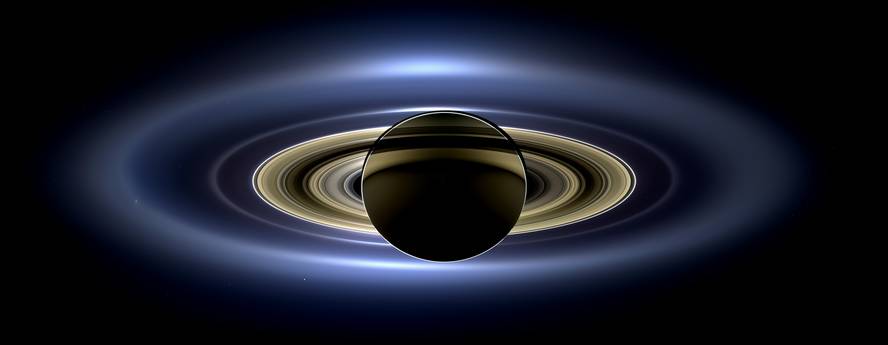They propose that the Saturn ring produced disintegrations of a moon.
Science has published a new hypothesis to explain the origin of Saturn's rings and the tilt of the planet. Research, led by astrophysicists at MIT Massachusetts, Institute of Technology, notes that Saturn's rings were born from the disintegration of a moon. This fact explains the tilt of the planet. To achieve these effects, the latest data and numerical simulations received by the Cassini probe before acting against the planet have been used.
The planet is called chrysalis. The approximate size of the Iapetus moon, about 1,470 kilometres in diameter, is estimated to be the third largest moon in Saturn. The hypothesis is that about 150 million years ago, Krisalida's orbit got destabilized and got too close to the planet. As a result of the motor forces, the moon disintegrated, the rocks faced and smaller fragments formed. These are Saturn's rings. In addition, the hypothesis explains why the rings are so young that the planet is over 4.5 billion years old.
Astrophysicists consider that this very fact caused Saturn to tilt 26.7º and that Titan's lunar orbit was so eccentric. In fact, Titan is migrating out at great speed. 14 cm per year.






